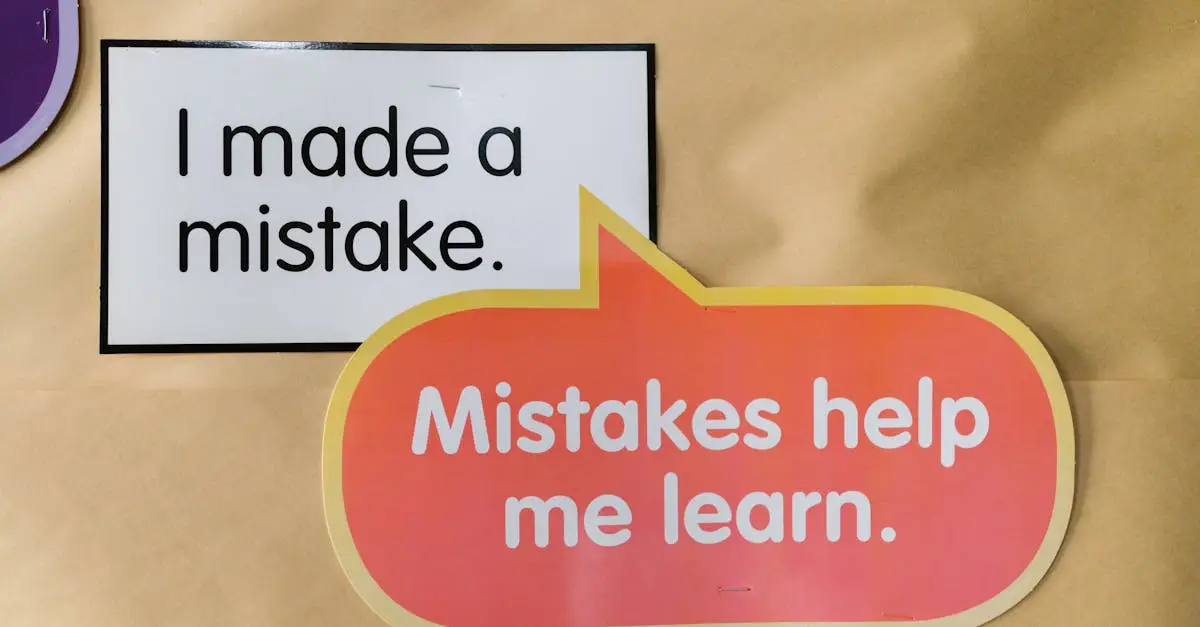Enhancing Workflow Clarity with Visual Management Tools
Workplace Chaos: A Common Challenge Ever feel like your workflow is all over the place? You’re not alone. We’re all juggling tasks, battling through emails, and trying to keep up with the lightning speed of business operations. Keeping clarity in our workflow can feel like chasing a mirage. But what if I told you that visual management tools can be your compass in this chaotic journey? Sounds intriguing, right? Let’s dig deeper into how these tools can offer clarity and structure in our daily operations. What Are Visual Management Tools? Simply put, visual management tools are methods and techniques that visually display information to help you manage your workflow. Think of things like dashboards, Kanban boards, or even simple charts on the wall. Their charm? They simplify complex information. Key Benefits of Visual Management Tools Transforming your workflow clarity starts here. Let’s break it down to the essential perks of implementing these tools: Enhanced Communication: No more misunderstandings. When everyone sees the same info, you cut through the noise. Increased Accountability: Everyone knows what’s on their plate. It’s hard to dodge responsibilities. Improved Monitoring: Keeping track of progress and bottlenecks becomes a hassle-free task. Faster Decision-Making: Visual data leads to quick insights, allowing you to pivot when necessary. Concrete Examples of Visual Management Tools Let’s bring this to life with some examples that pop into my mind from my 20+ years in the shared services industry. Imagine a Kanban board. You stick sticky notes on a board to represent tasks. You can see, at a glance, what’s completed, what’s in progress, and what’s still waiting. Simple, right? Or picture a team having its daily stand-up meeting in front of a dashboard displaying current performance metrics. It creates a space for everyone to jump into discussions and adjustments. Everyone’s on the same page, and clarity reigns! Implementing Visual Management Tools: Steps to Success Now, how do you bring this clarity into your own workflow? Here’s a step-by-step approach: Identify Your Needs: What are the areas where you need clarity? Commencing with your pain points can be an eye-opener. Select the Right Tool: Whether it’s a digital platform or a physical board, choose what fits your team best. Train Your Team: Nobody wants to be lost in the world of new tools. Get everyone familiar with how to use them. Set Clear Goals: What do you want to achieve? Set concrete objectives and align them with your visual management tool. Review & Adapt: Regularly review your processes. Are these tools serving their purpose? Be flexible to adapt as required. The Culture Shift Let’s not forget the human side of things. Implementing visual management tools isn’t just about the tools themselves; it’s about cultivating a culture of transparency and collaboration within your team. Encourage here and now discussions, foster a learning environment, and slowly build a habit of using these visual tools in your daily grind. Back in my early days, I remember launching a shared service center where the team was hesitant about new tools. But as we set up a simple visual tracking board, they began to see the immediate value. It changed the way we approached work and built a cohesive environment. Bringing it Home Visual management tools can truly boost your workflow clarity. They keep us aligned and on track, allowing us to drive towards our shared goals without getting lost in the weeds. As someone who’s seen the impact of these tools firsthand, I can’t recommend them enough for anyone involved in shared services transformation or process optimization. There’s a community out there embracing change, and I encourage you to be a part of it. For more insights, make sure to check out the THEGBSEDGE blog, started by yours truly, with a treasure trove of resources on transformation, innovation & leadership. Workflow clarity doesn’t have to be a struggle. With visual management tools and a dedicated team, we can make it work in our favor.
Enhancing Workflow Clarity with Visual Management Tools Read More »









